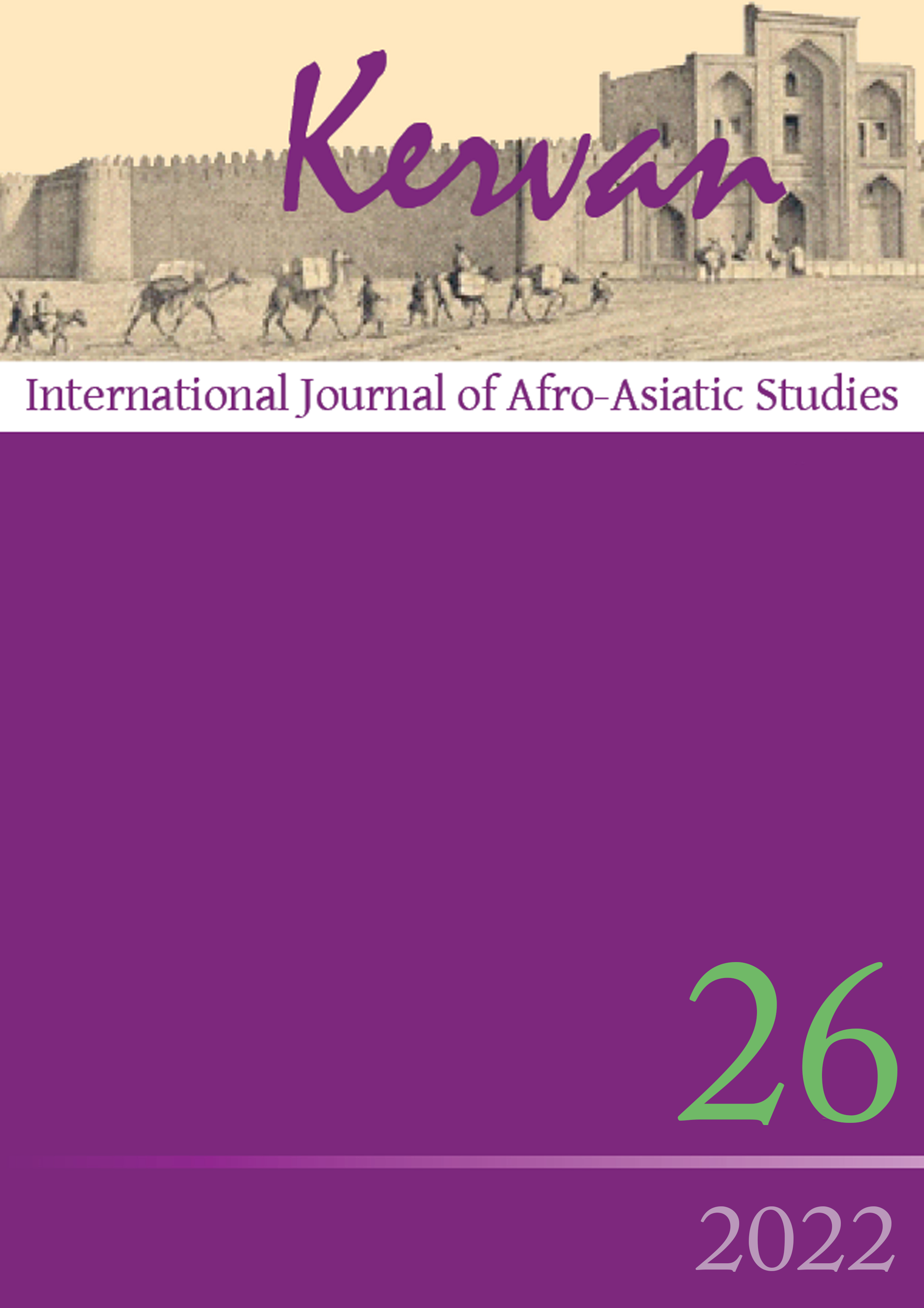Polluted by a purifying text: The order of signs in a pre-modern literary Malayalam world
DOI:
https://doi.org/10.13135/1825-263X/7016Abstract
Considered lost until the latter part of the twentieth century, the Tiruniḻalmāla, “The garland of sacred shadows,” has been defined as a “ritual text” and as an account of rituals performed in the Āṟanmuḷa temple of central Kerala. Yet the manuscripts that came to light were preserved in the northern part of Kerala. On the one hand “The garland of sacred shadows” raises fundamental questions about its composition and transmission, and more fundamentally about the relation between textuality and performativity. On the other hand, it invites a reflection on the interpretative and epistemic approaches that scholars adopt towards forms of text which include an oral and visual dimension at their core. In fact, this poetic work that has been dated to the 13th/14th centuries intersects with two ritual and performative practices from contemporary Kerala. The first is the Uccabali-Teyyam, a particular form of Teyyam or possession worship performed by low-caste communities in parts of costal Karnataka and northern Kerala, and the second is the deliverance ritual called Kanneruppāṭu.
This article aims to analyse how the rituals are presented and reproduced within the Tiruniḻalmāla in dialogue with the contemporary rituals. By highlighting how the text’s author refers to a religious and social 0world altogether different from his own, I argue that the Tiruniḻalmāla as a whole might have been conceived as the poetic re-creation of a ritual. In this sense, the text can be understood as a linguistic endeavor to conjure up something that resembles a ritual while openly stating, by its own textual nature, its disconnection from the reality it is supposed to depict.
In other words, I take the performative nature of this text to be understood in terms of reproduction and simulation. If the “Garland of Sacred Shadows” was conceived for the high caste communities, then its intended audience was allegedly meant to keep a distance from the same practices that represent the core of the text. In this sense, the text, which has at its core the purification of the main deity of Āṟanmuḷa, might act, by way of inversion, as a source of pollution for its audience.
Downloads
Downloads
Published
Issue
Section
License
Gli autori che pubblicano su Kervan accettano le seguenti condizioni:
- Gli autori mantengono i diritti sulla loro opera e cedono alla rivista il diritto di prima pubblicazione dell'opera, contemporaneamente licenziata sotto una Licenza Creative Commons - Attribuzione che permette ad altri di condividere l'opera indicando la paternità intellettuale e la prima pubblicazione su questa rivista.
- Gli autori possono aderire ad altri accordi di licenza non esclusiva per la distribuzione della versione dell'opera pubblicata (es. depositarla in un archivio istituzionale o pubblicarla in una monografia), a patto di indicare che la prima pubblicazione è avvenuta su questa rivista.


 The articles that have appeared on Kervan since 2016 are rated as Class A in the system of National Scientific Qualification (ASN, disciplines 10/N1 and 10/N3).
The articles that have appeared on Kervan since 2016 are rated as Class A in the system of National Scientific Qualification (ASN, disciplines 10/N1 and 10/N3). The journal has been approved for inclusion in DOAJ. The DOAJ listing of the journal is available at
The journal has been approved for inclusion in DOAJ. The DOAJ listing of the journal is available at  The journal has been approved for inclusion in ERIH PLUS. The ERIH PLUS listing of the journal is available at
The journal has been approved for inclusion in ERIH PLUS. The ERIH PLUS listing of the journal is available at  Kervan was just accepted for indexing in SCOPUS. This important milestone ensures that articles published in Kervan are easily found when searching for library, archives and Information science and it enables Kervan authors to keep track of how often their article has been cited by others.
Kervan was just accepted for indexing in SCOPUS. This important milestone ensures that articles published in Kervan are easily found when searching for library, archives and Information science and it enables Kervan authors to keep track of how often their article has been cited by others.

